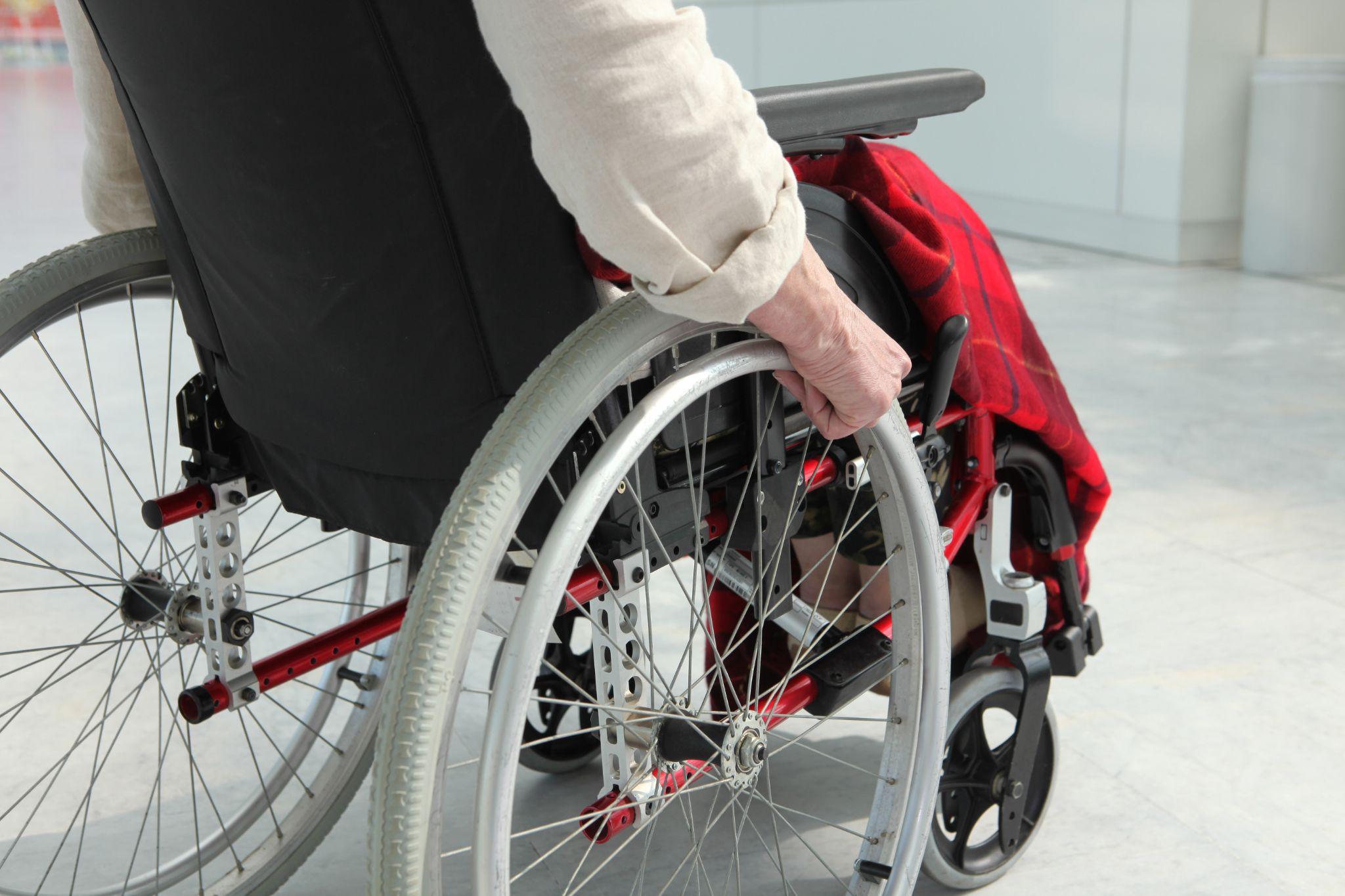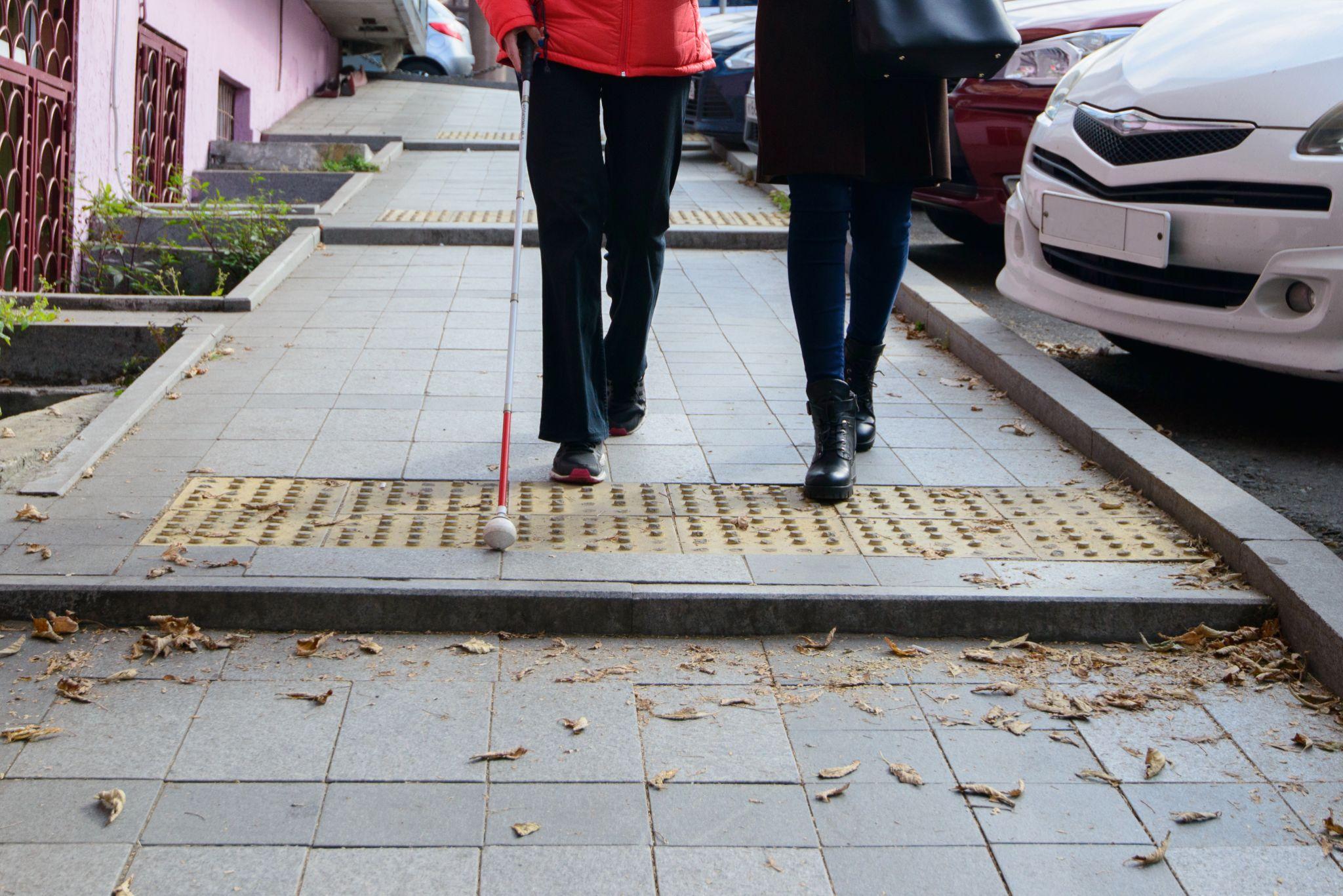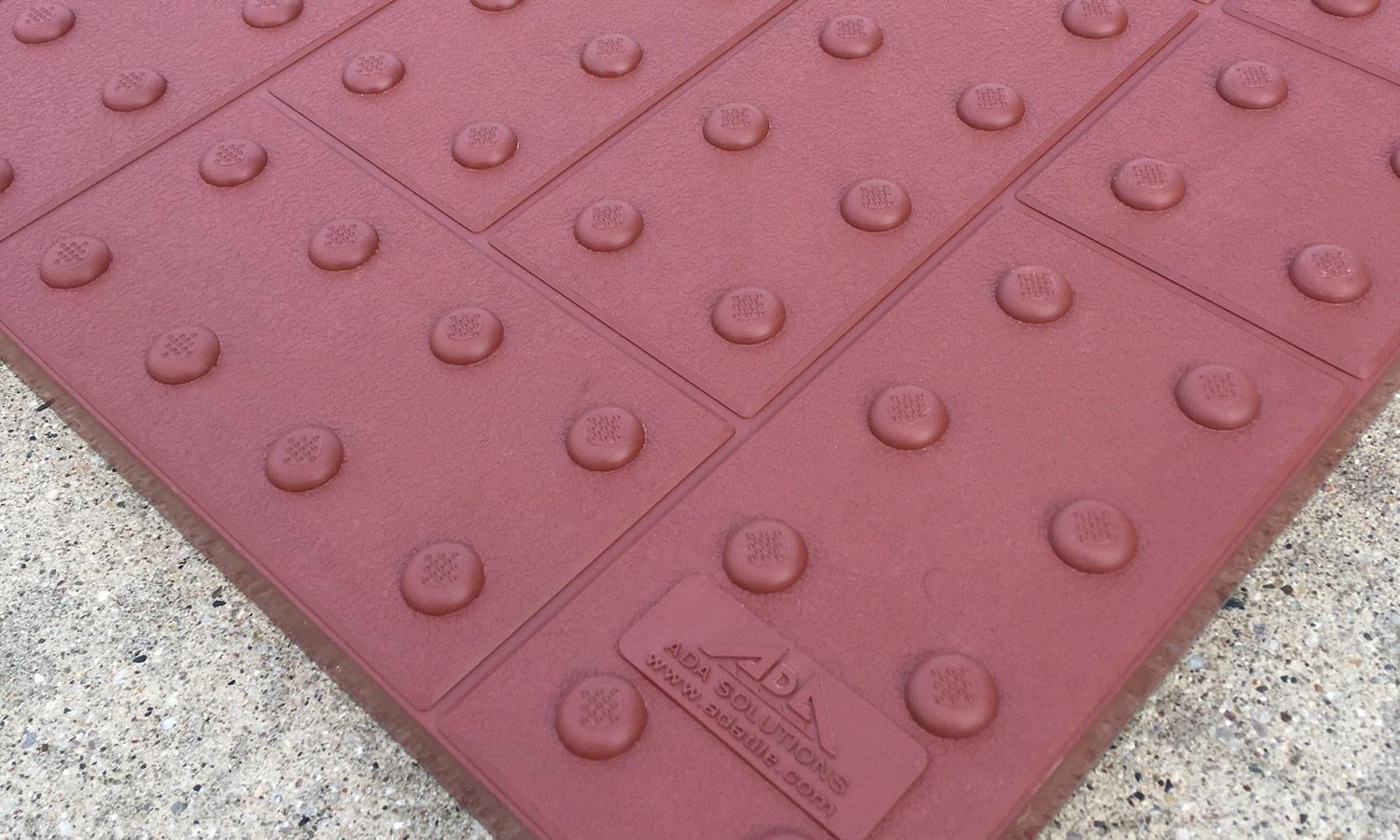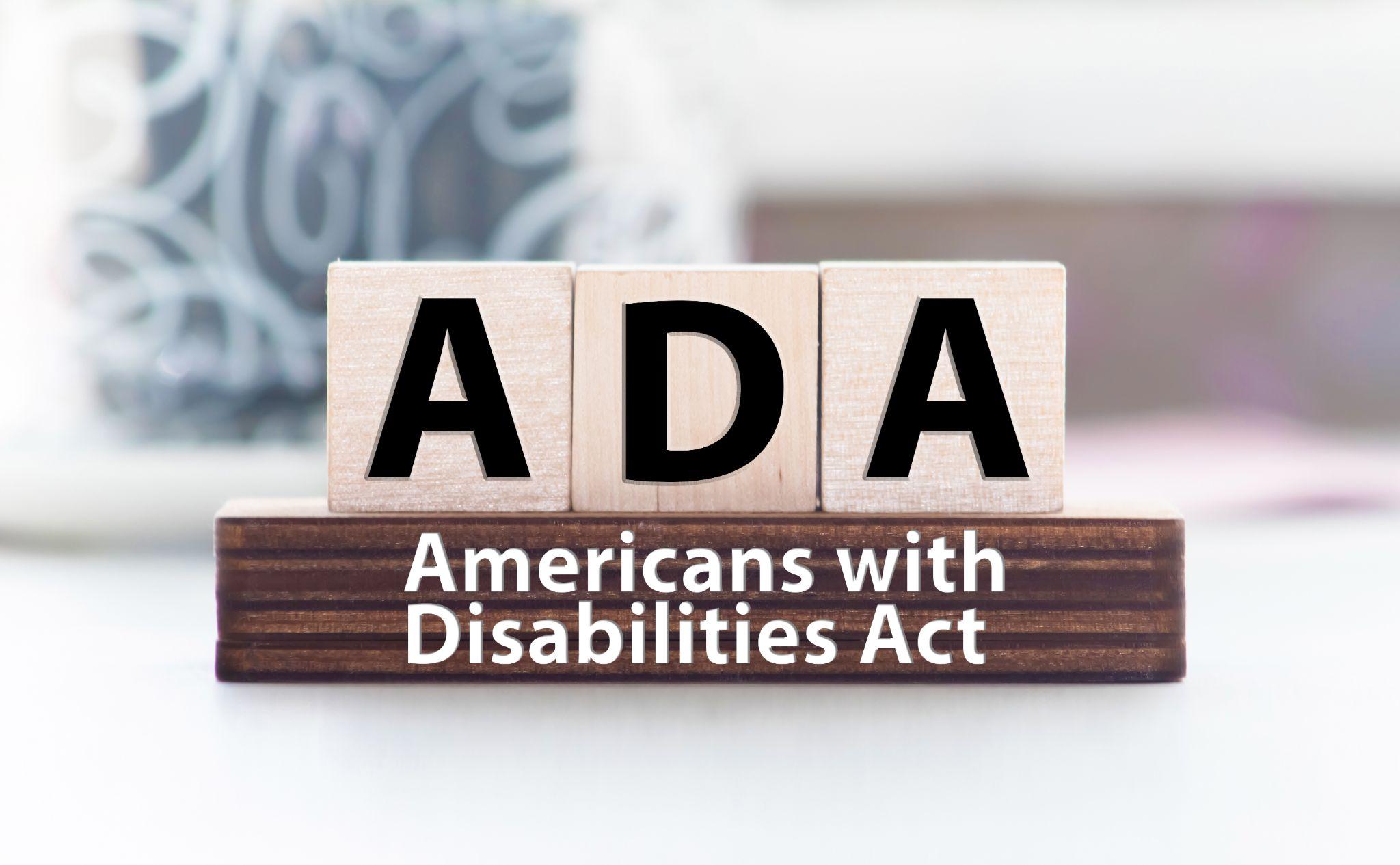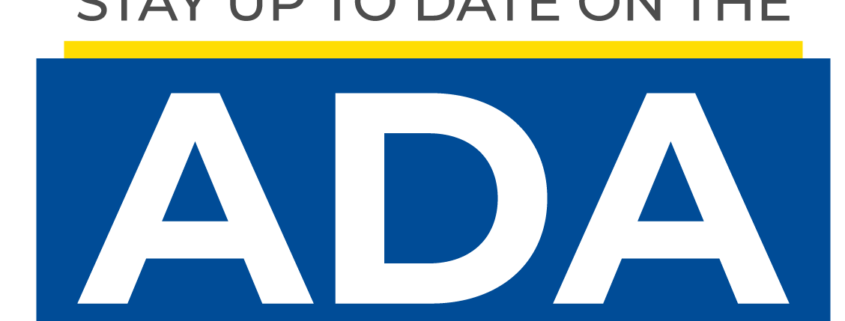In Canada, where over 20% of the population has a disability, accessibility in all areas of public life is of the utmost importance. Canada does have ADA laws that make business owners responsible for ensuring the continued accessibility of their properties by individuals with disabilities.
The ACA: Canada’s ADA Equivalent
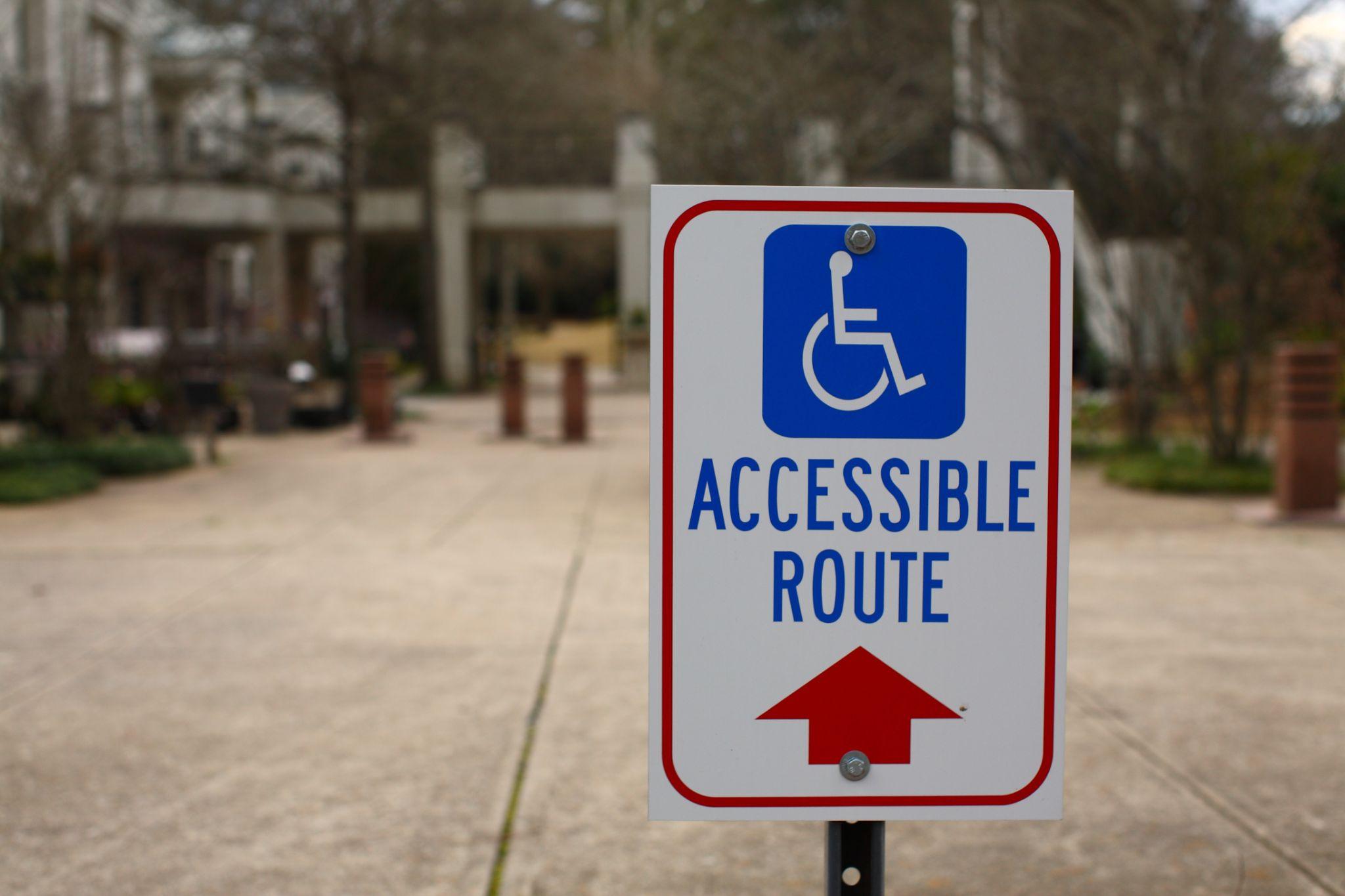
The Americans with Disabilities Act or ADA, signed into law in 1990, prohibits the discrimination of disabled persons in the United States under five titles, including public accommodation, employment, and communication. The Accessible Canada Act (ACA), also known as Bill C-81, was passed in 2019. It requires businesses to create plans for accessibility and publish progress reports on a regular basis.
The ACA identifies Canadians with disabilities as a distinct group. Previous legislation created social inclusion gaps by grouping accessibility rights with ethnic and gender discrimination.
Bill C-81 Ensures a Barrier-Free Canada

Bill C-81, The Accessible Canada Act, received unanimous support and was passed by the Government of Canada in May of 2019. Falling under federal jurisdiction, Bill C-81 ensures equal access for Canadians with disabilities to the following:
- Procurement
- Service delivery
- Transportation
- Information and communications technology
- The built environment, referring to areas built by humans for humans
Any private or public sector business that serves the public must remove barriers so that disabled individuals may access these facilities.
In addition to being federally regulated, building developers must comply with standards for new structures and the modification of existing structures. These standards are covered by the CAN/CSA-b651, “Accessible Design for the Built Environment.”
Federal and Provincial Accessibility Legislation and Laws

The ACA is federal legislation that all organizations in the private and public sectors must adhere to. However, businesses must also comply with provincial accessibility legislation. The Accessibility for Ontarians with Disabilities Act (AODA) was one of the first pieces of provincial legislation of its kind to be enacted in Canada.
The AODA requires that all organizations comply with all of the following Integrated Accessibility Standards Regulations or IASRs:
- Information and Communications, Including Digital Accessibility
- Employment
- Transportation
- Customer Service
- Design of Public Spaces
As with federal legislation, the AODA applies to the properties of both public and private sector organizations. It details the importance of accessibility by disabled persons to public spaces, whether that means the redevelopment of existing spaces or their new construction.
Since Ontario enacted its legislation, several other provinces have followed, including British Columbia, Manitoba, and Nova Scotia.
Resources for Canadian Accessibility Compliance

If you are a Canadian business owner, you’ll find many resources below to help you achieve and maintain accessibility of your property to persons with disabilities.
Acts, Laws, and Regulations
The Accessible Canada Act (Bill C-81)
The Accessibility for Ontarians With Disabilities Act (AODA)
The British Columbia Accessibility Act (Bill M 219)
The Accessibility for Manitobans Act (AMA)
The Nova Scotia Accessibility Act
Integrated Accessibility Standards Regulations
Design Standards
Ontario Building Code
Accessible Design for the Built Environment
Design of Public Spaces Standard (Ontario)
Plans, Policies, and Reports
How to Create an Accessibility Plan and Policy
Creating Accessibility Policies and Multi-Year Plans
A Comprehensive Guide for Developing Accessibility Policies and Plans
How to Complete Your Accessibility Compliance Report (Public Sector)
How to Complete Your Accessibility Compliance Report (Not-for-Profit and Private Sector)
Frequently Asked Questions About Canadian Accessibility Compliance

Canadian businesses may have questions about accessibility compliance. What follows are the most frequently asked questions about making a business accessible to those with disabilities.
Q: Who must comply with Canadian accessibility laws?
A: Typically, all businesses and organizations created for or that rely on the public and private sectors must comply with Canadian accessibility laws.
Q: What are the consequences of ACA non-compliance?
A: Though they may differ from one province to another, penalties do exist for non-compliance with the ACA. For example, in Ontario, a person or unincorporated business can be fined up to $50,000 per day if non-compliance continues for major offenses. Corporations can incur daily fines of up to $100,000 for major offenses.
Q: How can Canadian businesses become compliant with accessibility laws?
A: Canadian businesses can achieve compliance with accessibility laws by ensuring their property is free of barriers to people with disabilities. This includes all areas located going to and from designated parking spaces. Disabled persons must also have access to the following and other spaces and elements:
- Elevators
- Sidewalks
- Restrooms and sanitary facilities
- Walkways
- Pedestrian ramps and curb ramps
- Corridors and lobbies
Q: In what ways are Canadian accessibility laws enforced?
A: The enforcement of accessibility laws in Canada may be accomplished in several ways, including via:
- Warnings
- Compliance orders
- Inspections
- Violation penalties
- Compliance audits
- Compliance agreements
- Monetary penalties
Q: What are some common ways to achieve accessibility compliance?
A: Businesses wishing to achieve accessibility compliance can install a number of elements, including:
- Detectable warning tiles
- Cast-in-place paving systems
- Wayfinding systems
- Audio and visual alerts
- Tactile panels
- Graphic tiles
The Accessibility Experts

The Accessible Canada Act requires federal and provincial businesses in the public and private sectors to make their properties accessible by people with disabilities. Penalties for discriminating based on disability can be expensive, not to mention cause irreparable damage to a business’s reputation.
If you own a business in Canada and wish to achieve compliance with the ACA, ADA Solutions can help. As industry experts, we put our over two decades of experience into every detectable warning product we sell.
In addition to the sale of top-quality detectable warning products, we also design and manufacture every product sold in our own ISO-9002 facility. This gives us complete control of the quality of our products, from design and testing to manufacture.
Our lines of detectable warning systems include:
- Wayfinding surfaces, which provide navigation assistance
- Radius tactile systems, which alert to contour changes
- Tactile panels, which provide warnings with raised domes
- Graphic tiles, which communicate information through raised domes, artwork, and color
- Photoluminescent systems, which provide visual alerts
Because we only choose materials of the highest quality for the products we manufacture, our customers know that their purchase will last through foot traffic, weather, and sunlight exposure. We’re also proud to offer a warranty of seven years on all our products, which is the longest in the industry.
There are many benefits to working with ADA Solutions for your accessibility needs; discover all of them by looking through our website today.










